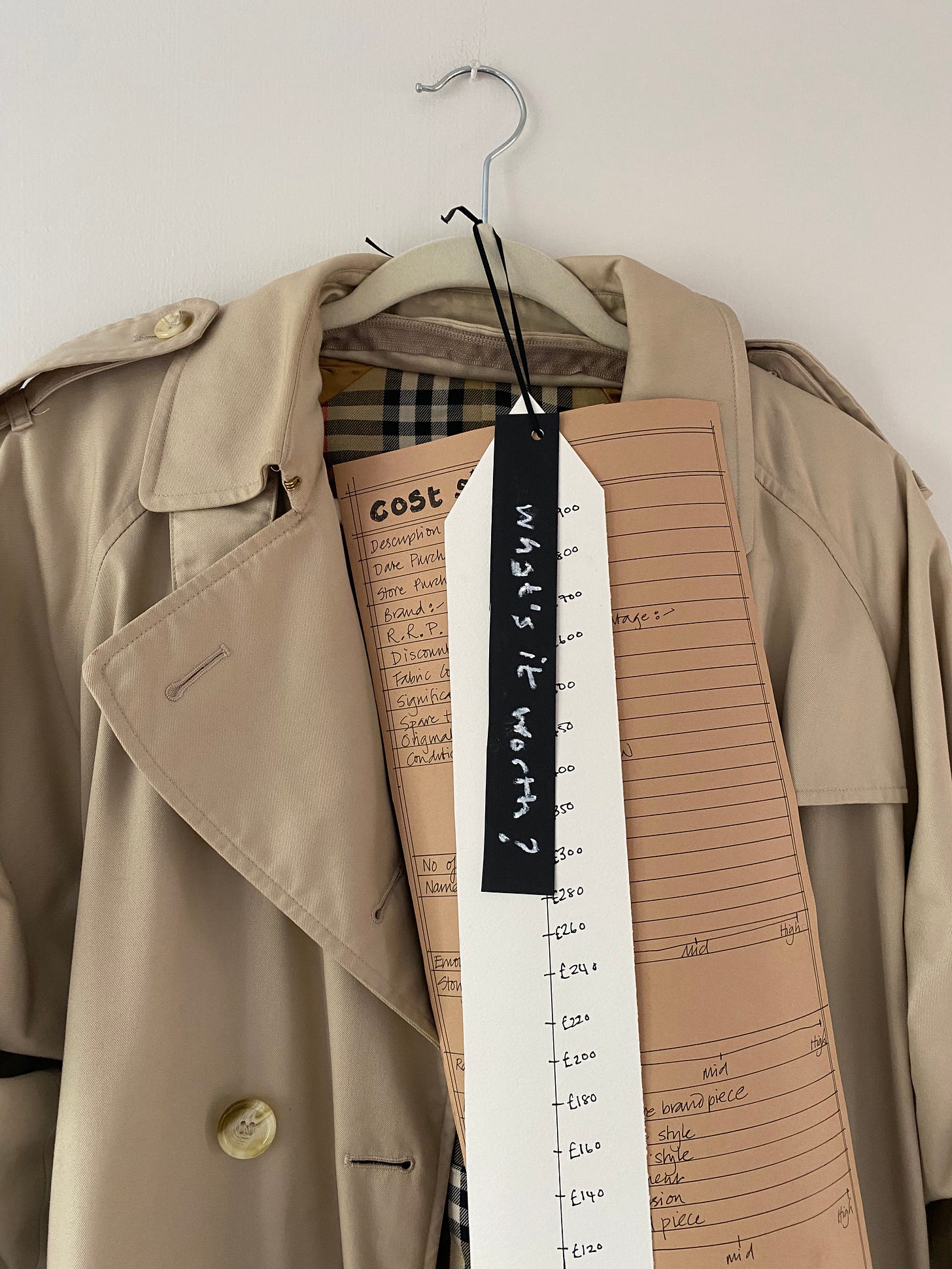What’s the elephant in my wardrobe all about?
Fashion is responsible for around 10 percent of global carbon emissions and Mckinsey & Company say the fashion industry needs to halve its emissions by 2030 to stay within the targets agreed in the Paris Climate Accord. But the elephant in the room we are avoiding is, as the recent Remake Fashion Accountability Report reveals, only three of the 58 big fashion businesses they reviewed have scientifically approved plans in place to reduce their environmental impact by 2030.
In fact most fashion businesses are still predicting growth in their sales revenues and their production volumes. This matters because up to 90 percent of fashion’s emissions occur during the production of new fibres, fabrics and garments. If we keep making more and more new clothes, Chris Goodall says the fashion industry alone will stop us reaching net zero by 2050.
Research from ReLondon reveals that in 2019 the average Londoner bought 48 new apparel items and got rid of 44 apparel items. This wardrobe churning is fuelling exponential growth in the secondhand market and fashion resale is being highlighted as a way to reduce the industry’s overall carbon emissions and a more sustainable way for individuals to buy clothes.
I’ve spent the last three years mapping the secondhand market as it is today, and exploring how changing consumption patterns and new technology are shaping its future. This extensive research reveals the secondhand market as a highly creative and entrepreneurial space, oversaturated with stock, filled with people committed to changing the status quo, and surfaces many opportunities for it to innovate, evolve and grow that I want to investigate and test.
If you want to follow my research, or would like to be part of it, then subscribe to this website for regular updates.
About me
I’ve worked as a Design and Creative Director in fashion for over 30 years, creating and delivering product and communication strategies for brands, building teams, mentoring design talent and championing craftsmanship.
You can see some of my creative work here and my CV on LinkedIn
On a personal level I am disillusioned with the fashion industry's push for growth at all costs; driving us to consume clothes like takeaway coffee and in some instances to value them less. It is clearly completely unsustainable. I believe that to stop climate change in a globally equitable way; we, western consumers, will need to shop a lot less and reconstitute our relationships with what we buy. In tandem, I think there is an urgent need for fashion brands to start having radically different, courageous conversations about the implications of selling a lot less new stuff.
So, in 2022, I pivoted, resigned my job and returned to studying - completing the MA Fashion Futures at London College of Fashion in 2024 and starting a PHD at Nottingham Trent University.
My work
My academic research investigates how the growing secondhand market can become a lever that reduces the fashion industry’s carbon emissions and explores how businesses, charities, governments, local communities and individuals can support and enable this transition.
I am looking to share what I’m learning through lecturing, writing, public speaking, and advisory work. For professional opportunities please connect on LinkedIn.
My community
I started The Elephant in my Wardrobe Instagram feed in 2020 to challenge throwaway fashion and explore what we as individuals can do to support a sustainable future.
It’s designed to start conversations and support my academic research by exploring how we can learn to buy less, choose secondhand first, mend, upcycle, restyle and rewear the clothes we already own.
If you’re interested in becoming a more conscious consumer, follow me here.
To find out more about the company that provides the tech for this newsletter, visit Substack.com.


